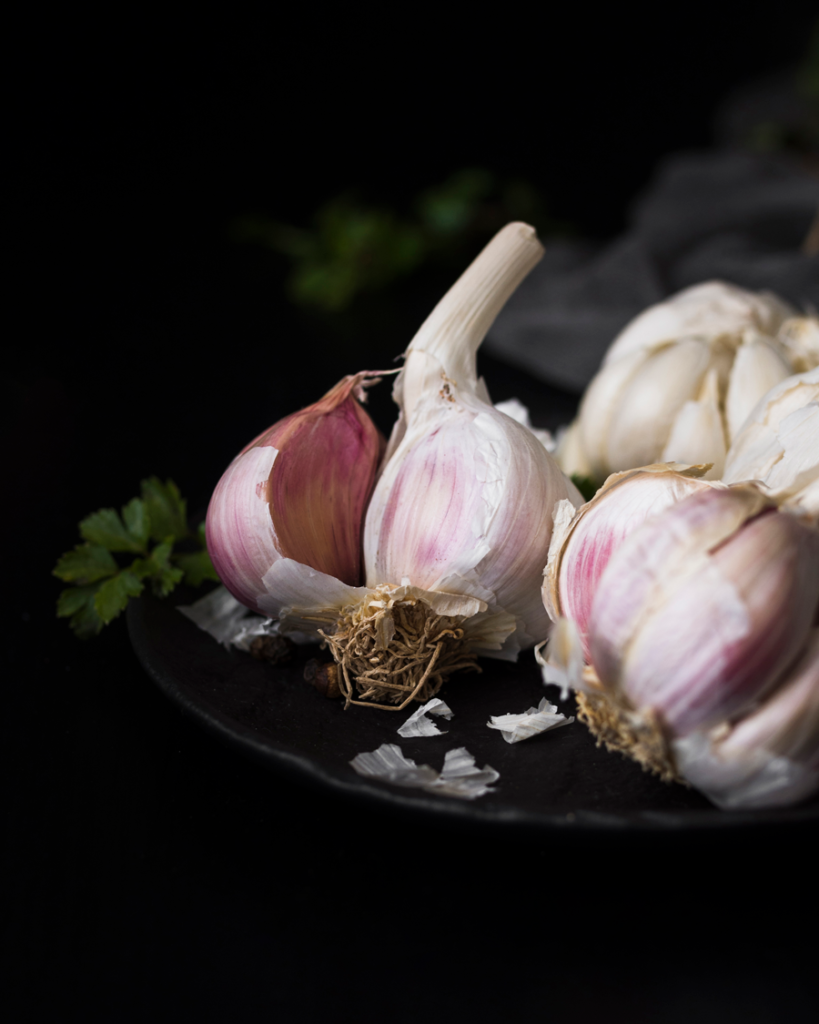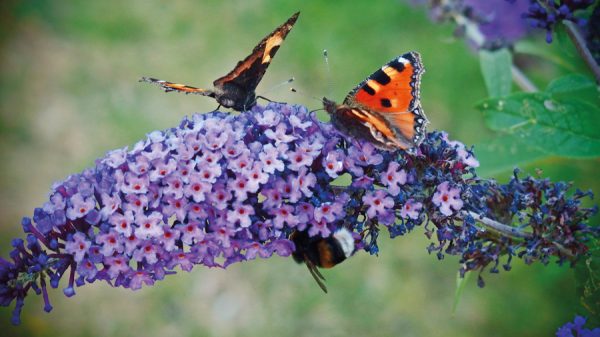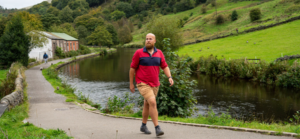Everything in the garden seems to be slowing down, in fact I noticed last month that a number of the trees in the garden were starting to drop their leaves, this is quite common where we have had a prolonged dry spell. Trees can go into an early dormancy and although it is not good for them they should recover providing these conditions are not a regular occurrence.
Ideally you would water any tree showing signs of stress but with hosepipe bans, it is a challenge to accumulate the volumes of water that our gardens need. Fortunately I have quite a few water butts on the garages, greenhouses and sheds which added to the grey water from baths and washing up provide some help with keeping plants hydrated. Longer term I think we will look at more substantial water storage in IBC tank (Intermediate Bulk Container) which is essentially a large plastic cube in a metal cage on a pallet. They are used in many industries but can be purchased second hand and with a little modification can provide a good reseviour holding 1000litres of rain water. If you are tempted go for those that previously contained food products, make sure it has been properly cleaned out. You may pay a little more for one but its worth it in the end. You may need to elevate the tank so you can fill a watering can, and don’t forget to consider an overflow pipe or diverter, just in case it fills up and it’s still raining.
I have grown pumpkins and squashes for a long time and find them a valuable vegetable through the autumn and winter months, stored in a cool frost free place they will keep well. This year I tried a new approach partly because I had an area of land that was previously grass that I wanted to convert to growing beds. In the past I have lifted the turf, taken a trench out and dug over the area chopping the removed turf up in the bottom of the trench before turning the next trench (soil) onto it. It can be quite back breaking. I have been experimenting with the ‘No Dig’ approach, a process developed by a market gardener called Charles Dowding. Basically, rather than digging, you cover an area with brown cardboard and then apply about 150mm (6 inches) of well rotted manure or garden compost over it. Completed in the autumn the area will be ready for planting the following spring, no need to cultivate just plant through the surface compost. This approach also has the advantage of retaining moisture in the soil below as the compost provides an insulation layer reducing evaporation. So I planted my pumpkin and squash plants, honestly they have been brilliant, apart from watering the plants in, I haven’t had to water since. Starting the seed off requires a propagator and frost protection until planting out time, but if you don’t have the facilities or the time then many garden centres and nurseries will sell plants later in the season ready for planting out directly. When planting out I apply some general fertiliser pellets, usually chicken manure pellets, a handful around each plant. If you already have an area where you grow vegetables you could mulch around your pumpkins and squashes just after planting to help retain moisture. The variety I grow is a pumpkin called ‘Crown Prince’. Blue skinned and orange flesh they not only look good but taste great too, they also store well. I grow a butternut squash called ‘Hunter’, a good reliable type with bottle shaped fruit. I also grow ‘Spaghetti Squash’, an unusual cultivar that when baked and removed from the outer skin with a fork produces a spaghetti like vegetable, well worth a try and quite tasty too.
The timing of replanting pot displays depends on how well they are looking. If yours are still looking good then keep them going by removing any faded flowers and applying a half strength liquid feed every two weeks. I have kept containers going until the first frosts, But now is the time to start planning your replacement displays that will provide interest throughout winter and early spring. Bulbs and hardy bedding plants violas, primulas, forget me nots and double daisies will be available at your local garden centre or nursery so in order to secure the type and colour you like, now is a good time to buy. With the plants, keep them somewhere cool, keep them watered, keep an eye out for slugs and snails. Bulbs can be stored for a few weeks in a cool dark frost free place.
If I had said to my grandad that I was going to grow some garlic he would have turned up his nose and said it was a bad idea, but tastes change and over the years many vegetables, herbs and spices that were popular in other countries have become more readily available and are now an accepted part of our culinary requirements.

Garlic is a staple in many of our everyday dishes and the development of cultivars that will grow well in our climate means that you can quite easily grow your own. They are fairly trouble free and being part of the onion family require more or less the same conditions. Good rich soil is essential and I find autumn planting produces very good crops. It is also a time of year when you are not inundated with other tasks in the vegetable garden, and harvesting the following July means you can follow with later crops of winter vegetables.
Buying named cultivars ensures that you have ones that will do well in your area, and although you could try supermarket bought garlic bulbs, they may not perform as well. They require a free draining soil in a sunny position. The process is quite simple, once you have prepared the area, carefully split the corms (cloves) apart and plant pointed end up, about 4cm (1.5 inches) deep, 15cm (6 inches) in rows 30cm (12inches ) apart. Autumn planting generally gives higher yields but if your soil is wet or a little on the heavy side there are cultivars you can plant in spring.
There are two main types, ‘soft-neck’ produces a cluster of cloves around a soft stem slightly milder in taste. ‘hard-neck’ produce a firm stem with what looks like a large flower bud on the top called a scape, this can be cut and used in dishes and salads and has a milder taste, the bulbs and corms grow at the base of the stem and are stronger in taste than ‘soft-neck’ types. ‘Hard-neck’ types are hardier and do well in northern climates.’
Autumn planting in late September/October, cultivars to consider are ‘Kingsland’, ‘Carcassonne’, ‘Extra Early’ (Hard-neck) ‘Rhapsody’ or ‘Maddock’ (Soft-neck).
Spring planting, ‘Solent Wight’ (Hard-neck), Mersley Wight’ ‘Picardy Wight’ (Soft-neck).
Harvest when the foliage turns yellow, from late May to late July, carefully lift and dry on the surface before tying them together and storing in a cool shed or garage.
Happy gardening,
Martin
(Next month, protecting tender plants, rejuvenate rhubarb, autumn lawn care.)







